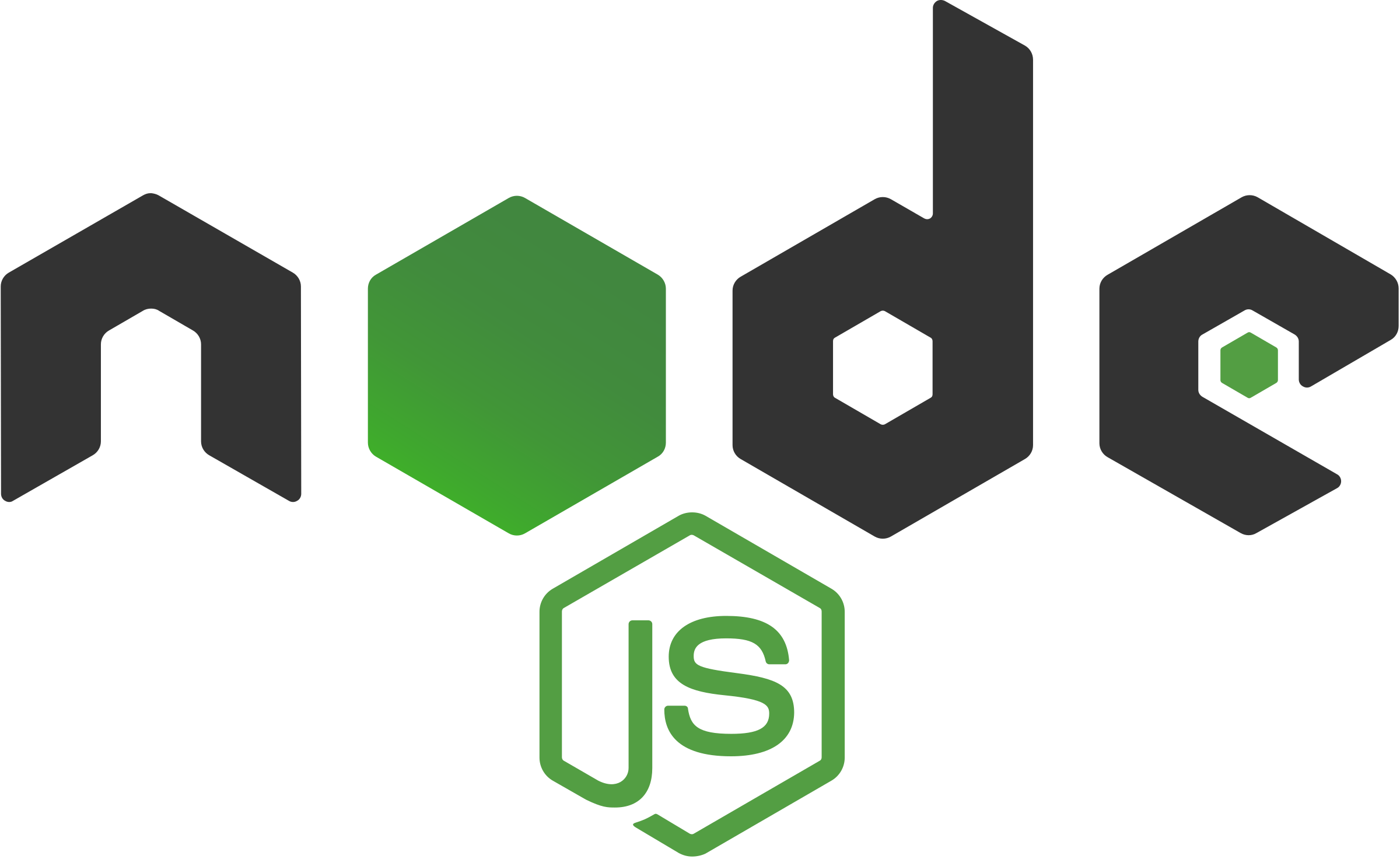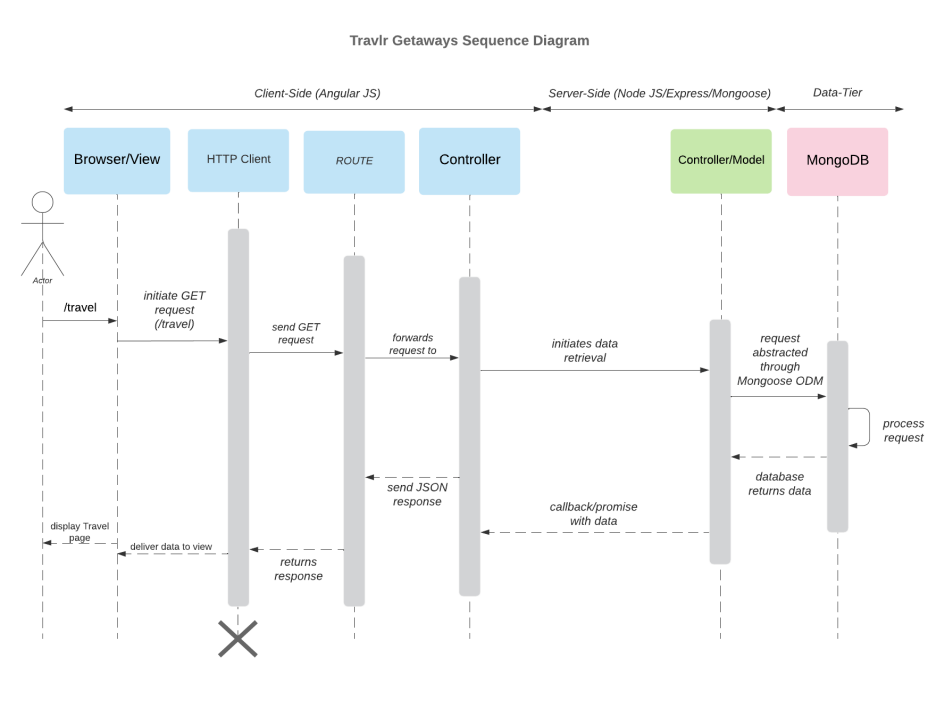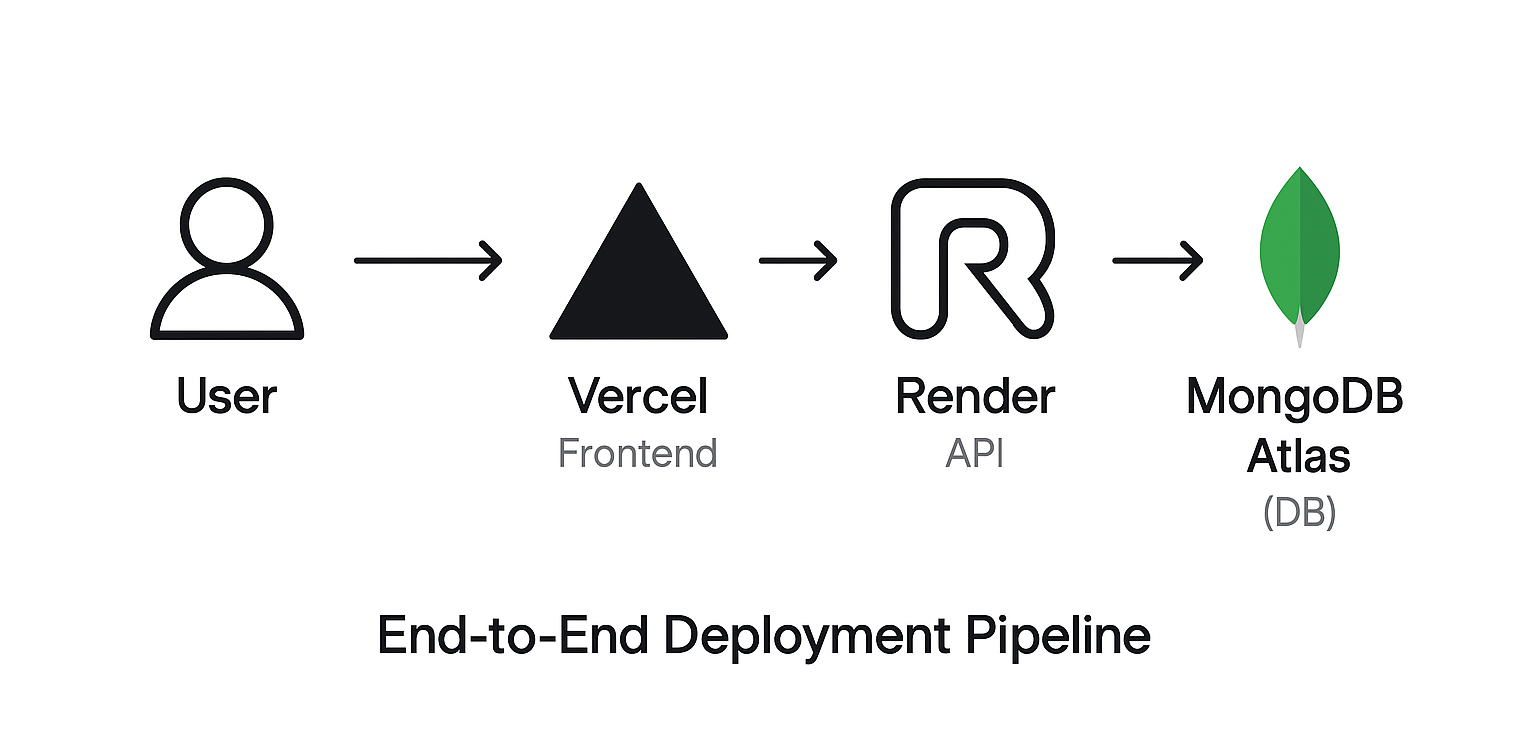
Full-Stack
Travel Planner
Application
.png)
.png)


Core Features
- Dynamic trip management (CRUD)
- Secure admin dashboard
- Role-based authentication
- Responsive design for both public and admin users
Key Challenges Overcomes
- Migrated from static HTML to a database-driven web app
- Built intuitive admin workflows for non-technical users
- Implemented robust data validation and secure access control
Timeline
March 2025
Focus
- Seamless admin experience
- Streamlined trip updates and management
- Future-ready, scalable architecture
About
Travlr Getaways is a boutique travel brand offering curated vacation experiences to adventurous,
design-conscious travelers. Known for its high-touch service and visually appealing destinations,
the company initially relied on a simple brochure-style website to showcase its trips.
As interest grew, so did the expectations—both from users wanting a more interactive experience and
from staff needing better tools to manage offerings. What once worked for a small operation was no
longer sustainable for a growing business with dynamic needs.
💡 Solution
“Here’s what Travlr Getaways became — a scalable, user-friendly platform built for growth.”
- 🖥️ Interactive prototype & demo for stakeholders and users
- 🔐 Secure admin workflows with JWT authentication
- 🌐 Flexible MEAN stack, built for modern travel needs

RESTful API
Clean CRUD endpoints for trip, booking, and user management.
Angular SPAs
Distinct UIs for travelers and admins, ensuring seamless experiences.
Schema Design
Mongoose schemas enable flexible, validated data for trips and bookings.
Authentication
JWT protects admin routes and sensitive operations.
Responsive UI
Device-agnostic layouts with dynamic trip loading for speed.
🔎 Beyond the Code
- Focused on clear data flow and REST API setup
- Minimal separation of concerns; prioritized maintainability
- Data Modeling: Class, User, and Admin schemas for flexibility
- Component Architecture: Angular Standalone Components for scaling
- Security Flow: JWT, route guards, and clear admin separation
- Workflow Mapping: Built for intuitive, real-world admin use
Design Gallery

- Refactored route logic into
app_apiandapp_serverfor separation of concerns - Developed Express.js API with CRUD endpoints for trip data
- Modeled and validated schemas using
Mongoose - Integrated JWT-based authentication with middleware for secure route access
- Built a responsive Angular SPA using Standalone Components and Tailwind CSS
- Created reusable trip listing, detail view, and admin form components
- Used Angular services for API communication with interceptors for auth headers
- Implemented reactive forms with validation and visual feedback using pipes
Hosting & CI/CD
- Deployed the frontend to Vercel for fast, global CDN delivery
- Hosted the backend on Render with environment variable support
- Used MongoDB Atlas for cloud-hosted database infrastructure
Production Readiness
- Created a full Postman API collection for developer documentation
- Wrote a README covering setup, environment config, and deployment instructions
- Included 404 fallback and custom error handling for a robust UX

When building Travlr Getaways, I didn’t just ship features. I engineered a foundation.
Every decision was made with growth, usability, and business impact in mind — because even the best
code means little if it doesn’t support the people using it or the goals behind it.
Here’s how I approached the project as a product engineer:
 Key Learnings
Key Learnings
Full-Stack App Design Using Modular Architecture
with Meaningful Backend Logic
 Files & Deliverables
Files & Deliverables
- 🔗 GitHub Repository
- 📄 Software Design Doc
- 🎥 Demo Video (optional)
- 🟠 Live Prototype (replace with hosted or Figma/Invision link)
- 🖼️ Screenshots



